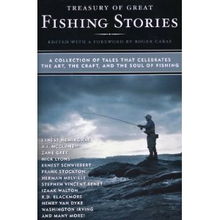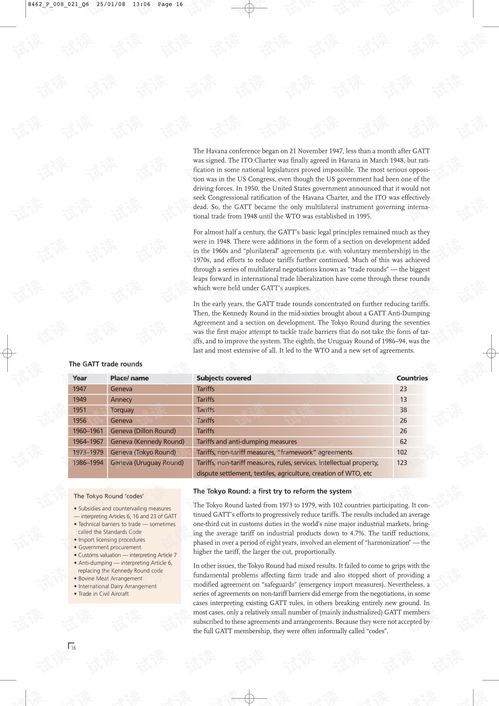Content:
Fishing for grass carp in reservoirs can be a rewarding and enjoyable experience. These fish are not only delicious but also challenging to catch. If you're looking to improve your skills and increase your chances of landing a big one, here are some essential fishing techniques for catching grass carp in reservoirs.
Choose the Right Equipment
To successfully fish for grass carp, you'll need the right equipment. Here are some key items to consider:
a. Rod and Reel: A medium-heavy to heavy-duty rod with a fast-action tip is ideal for grass carp. A spinning reel with a strong drag system is recommended.
b. Line: Use a monofilament line with a breaking strength of 10 to 20 pounds. Fluorocarbon line is a good choice due to its low visibility and increased sensitivity.
c. Hook: A large, sturdy hook with a wide gap is ideal for grass carp. A size 4 to 6 wide-gap hook is commonly used.
d. Lures and Bait: Live bait, such as worms, leeches, or nightcrawlers, is often the most effective for catching grass carp. Artificial lures, like crankbaits or swimbaits, can also be used.
Find the Perfect Spot
Grass carp are bottom feeders, so you'll want to target areas with abundant vegetation or submerged structures. Here are some tips for finding the perfect spot:
a. Look for areas with dense vegetation or brush piles. These spots often attract forage fish, which grass carp prey on.
b. Pay attention to water depth. Grass carp are typically found in water ranging from 5 to 20 feet deep.

c. Use a fishfinder to locate schools of fish or areas with high fish activity.
Cast and Retrieve Techniques
Once you've found a promising spot, it's time to cast and retrieve your lure or bait. Here are some techniques to help you catch more grass carp:
a. Cast your lure or bait out to the target area and allow it to sink to the bottom. Wait for a few seconds before starting your retrieve.
b. Retrieve your lure or bait at a slow and steady pace. A steady retrieve mimics the natural movement of forage fish and can trigger strikes.
c. Vary your retrieve speed and cadence to see what works best. Sometimes, a slower retrieve can be more effective.
Presenting Live Bait
If you're using live bait, such as worms or leeches, here are some tips for presenting it effectively:
a. Hook the bait through the middle to keep it looking natural.
b. Allow the bait to swim freely, as if it's alive. Avoid dragging the bait along the bottom, as this can spook the fish.
c. Adjust the amount of bait on the hook. Too much bait can make it difficult for the grass carp to take the hook.
Patience is Key
Grass carp can be quite elusive and may take some time to catch. Here are some tips to help you stay patient and increase your chances of success:
a. Set your hook quickly and firmly once you feel a bite. Grass carp can be strong and may pull the hook free if not set properly.
b. Keep your line tight but don't apply too much pressure. Allow the fish to swim freely and take the hook.
c. Stay patient and keep trying. Sometimes, it can take hours to catch a grass carp, but the wait is worth it when you finally land a big one.
In conclusion, catching grass carp in reservoirs requires the right equipment, a keen eye for finding the perfect spot, and effective fishing techniques. By following these tips, you'll be well on your way to mastering the art of grass carp fishing and increasing your chances of landing a trophy-sized fish. Happy fishing!












